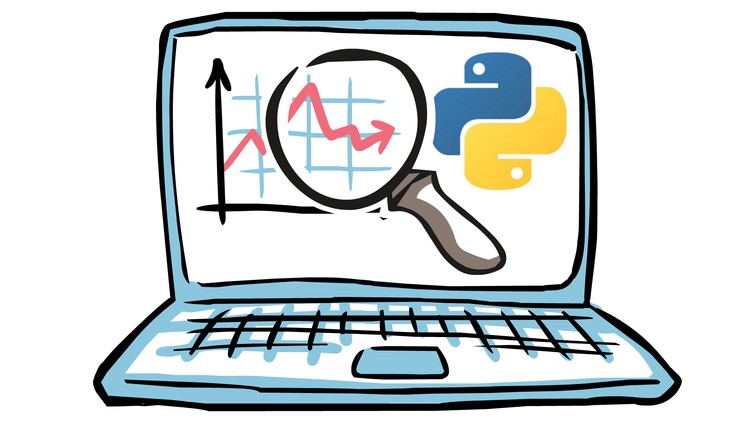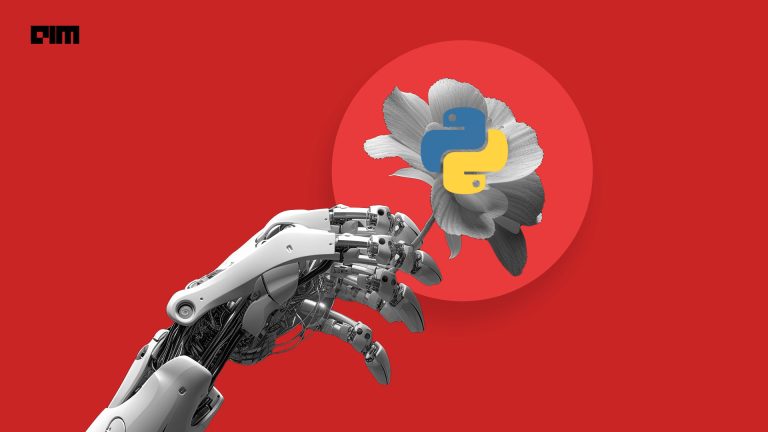For data analysis to begin, the first and most crucial step is data preparation. While companies may spend billions on collecting and analysing data using various data analysis tools, it may not always turn out to be profitable — the most hindering part being improper data preparation. While it may sound easy, data preparation involves a lot of steps such as data integration, profiling, data cleaning, data governance, ensuring the portability of data and more. Given the fact that data analysis is an expensive affair, it is important that data preparation is done in an efficient way and that these questions are asked before preparing the data.
Here are the five important questions you may ask yourself before preparing data for analysis.
What Do You Want To Find Out From The Data?
Understanding the business requirement is the key. It is important to find out what is the kind of business problems that you are looking to answer and the KPIs that you are intending to measure. It will help in mapping the kind of data you should look for and the kind of analysis you will need to perform. It is important to ask specific questions. This may be the most crucial step as it saves all the hard work you would be carrying out in the further steps. Having an understanding of what the business expects will help in finding the best data and generate the best results.
Where Will The Data Come From?
After having found out the business you are catering to and having found the KPIs to measure them, it is now crucial to identify the data sources to get all the relevant data. It could be sourced from sources such as spreadsheets for smaller deployments to even larger databases, data lakes, data warehouse or cloud sources for larger deployments. The data can also come from various departments such as sales, finance, IT and others. Few things to figure out here are that you have access to data, have the right amount to data, have sufficient software and hardware to crunch the data, and more.
How Can You Ensure Data Quality?
Now that all the raw data is collected from various sources, it may be messy, dispersed and complicated. For better analysis and better insights to be generated, it is important that data is of high quality. Incorrect or low-quality data may give a distorted view of reality. It is, therefore, necessary to clean the data and discard outdated information. It is important to make sure that data is accurate, complete and up to date. If there is data inconsistency, it may result in redundant values, hindering the final results significantly.
What Are The Different Statistical Analysis Or Visualisation Methods You Can Apply To Your Data?
Once data quality is ensured and the right datasets have been kept in place, it is now time to transform, join and measure it with statistical methods to import the required results. There are many statistical methods and techniques that can be used. Some of the most used ones are — Regression analysis, cohort analysis, predictive and prescriptive analysis. Regression analysis is a statistical process that is used for estimating the relationships and correlations among variables. It is mostly used on past data to allow better decisions in future data. Cohort analysis gives a quick and clear insight into customer retention trends, whereas predictive and prescriptive analysis is based on analysing current and historical datasets to predict future possibilities, including alternative scenarios and risk assessment. It is also important to present the insights in an apprehendable form for which visualisation tools are used. It is important to have an effective presentation.
Who Will Be The End Users?
The most crucial question of the entire data preparation method for analysis is to find out who would be the end users of the analysis. Based on their needs and how they will apply your reports, it is important to keep in mind their needs, their technical skills, how much time they can spend analysing data, and making the report detailed or based on that. If the data is designed for own use, you may have a rough idea on what insights would be useful, but if it is for external use, it may require more work. The visual reports should be easy to use, actionable, easy to read and understandable.



















































































